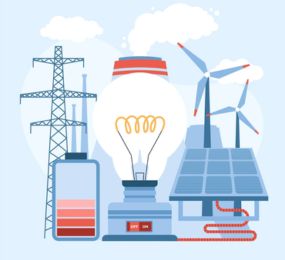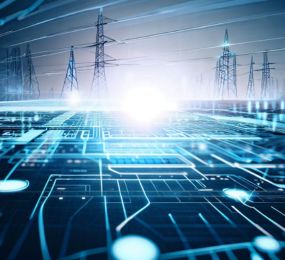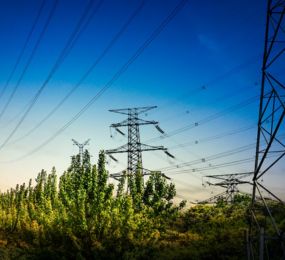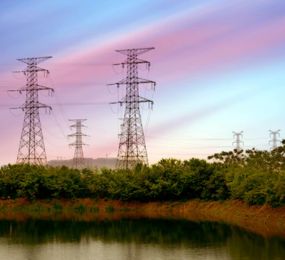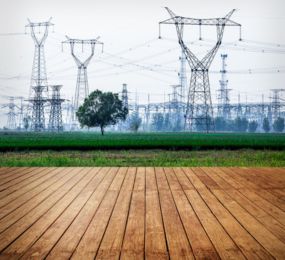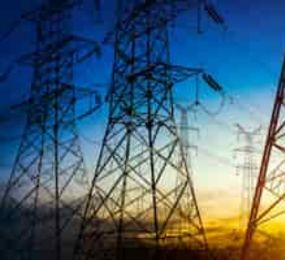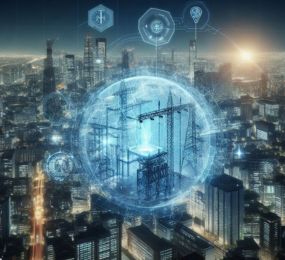As developing nations strive to meet growing energy demands while transitioning to sustainable energy sources, grid modernization emerges as a critical imperative. Tailoring strategies to address unique challenges and opportunities of developing nations is essential for achieving sustainable energy access and driving economic growth.
1. Renewable Energy Integration:
Grid modernization in developing nations often involves integrating renewable energy sources like solar and wind into the existing grid infrastructure. Initiatives such as building new renewable energy installations and implementing grid-scale energy storage solutions enable reliable and sustainable electricity generation.
2. Decentralized Energy Solutions:
Deploying decentralized energy solutions, such as microgrids and off-grid systems, helps extend electricity access to remote areas where traditional grid infrastructure is inaccessible or economically unfeasible. These solutions empower local communities, foster economic development, and enhance energy resilience.
3. Smart Grid Technologies:
Implementing smart grid technologies enables more efficient and reliable grid operations while accommodating renewable energy integration. Smart meters, advanced analytics, and grid automation systems optimize energy distribution, reduce losses, and empower consumers with real-time energy data and control.
4. Capacity Building and Technology Transfer:
Capacity-building initiatives and technology transfer programs play a crucial role in grid modernization efforts. Collaborative partnerships between developed and developing nations facilitate knowledge exchange, skill development, and the adoption of best practices in energy infrastructure management.
5. Policy and Regulatory Frameworks:
Robust policy and regulatory frameworks are essential for fostering a conducive environment for grid modernization investments. Governments can incentivize private sector participation, establish clear renewable energy targets, and streamline regulatory processes to accelerate grid modernization efforts.
6. Financing Mechanisms:
Access to affordable financing mechanisms is vital for scaling up grid modernization projects in developing nations. Multilateral development banks, public-private partnerships, and innovative financing models can mobilize capital and support the implementation of sustainable energy infrastructure projects.
In conclusion, grid modernization strategies tailored to the specific needs of developing nations are essential for achieving sustainable energy access and driving economic growth. By leveraging renewable energy sources, deploying smart grid technologies, and fostering collaborative partnerships, developing nations can embark on a path towards a more resilient, inclusive, and sustainable energy future.
Visit our website to register and secure your spot today! click here: https://bit.ly/3peklYc
For more information and group participation, contact us: [email protected]


